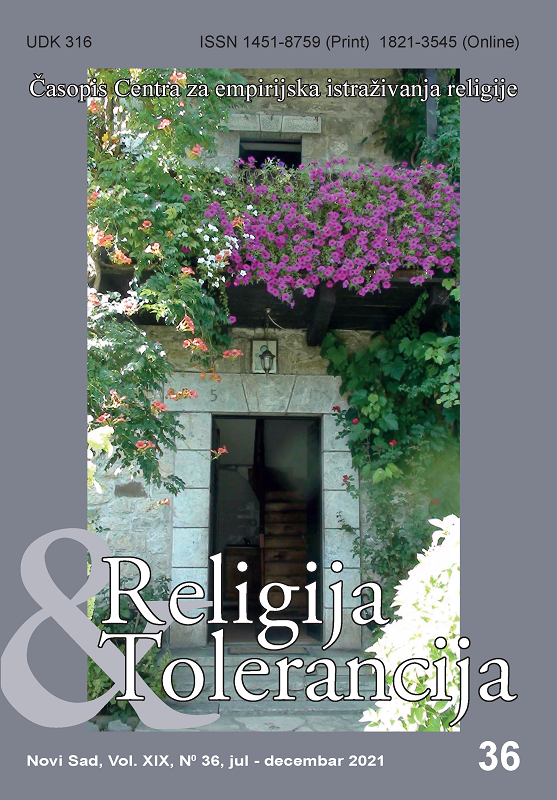SILENCE IN THERAVADA BUDDHISM AND ORTHODOX CHRISTIANITY: CASES OF THE BUDDHA AND EVAGRIUS OF PONTUS (PART I)
SILENCE IN THERAVADA BUDDHISM AND ORTHODOX CHRISTIANITY: CASES OF THE BUDDHA AND EVAGRIUS OF PONTUS (PART I)
Author(s): Branislav KovačevićSubject(s): Christian Theology and Religion, Comparative Studies of Religion, Philosophy of Religion
Published by: Centar za empirijska istraživanja religije (CEIR)
Keywords: Buddhism; Orthodox Christianity; silence; Buddha; Evagrius of Pontus; hesychasm
Summary/Abstract: The Buddha’s refusal to answer some of the questions asked by countless interlocutors who parade in the Pali canon has provoked interpretations among Buddhist scholars to this day. This is how the well-known question of the “Buddha’s silence” arose. In this paper, I have tried to give a critical overview of these interpretations, as well as to problematize them by asking whether it was a matter of “silence” at all or a special strategy used for pedagogical purposes. Building on this and through the analysis of other similar examples from the Theravada literature, a specific “typology of silence” has been developed, which sheds light on the different roles that silence plays in this form of Buddhism. This is how the ascetic silence, the silence according to the convention, the pedagogical silence and, in the end, the silence about the ultimate reality were identified. Of course, these types of use of silence and contrast with its opposite, sound, more precisely in the religious context with speech, are not typical only for Buddhism, but also for other religions. Therefore, in the continuation of the paper, the situation in Orthodox Christianity is analyzed through two examples. One is the reflection on the role of silence in the ascetic life of early Christians, which we find in the works of Evagrius of Pontus, one of the important early church fathers from the 4th century and one of the founders of the spiritual tradition within Eastern Christianity. The second is the hesychastic movement, with its three phases: purification (katharsis), illumination (theoria) and deification (theosis), and the practice of “quietude” or mental prayer. All this made it possible to draw several parallels in the final part of the paper between the role of silence in the ascetic practice of Theravada Buddhism and early Orthodox Christianity.
Journal: Religija i tolerancija
- Issue Year: 19/2021
- Issue No: 36
- Page Range: 291-310
- Page Count: 20
- Language: English

